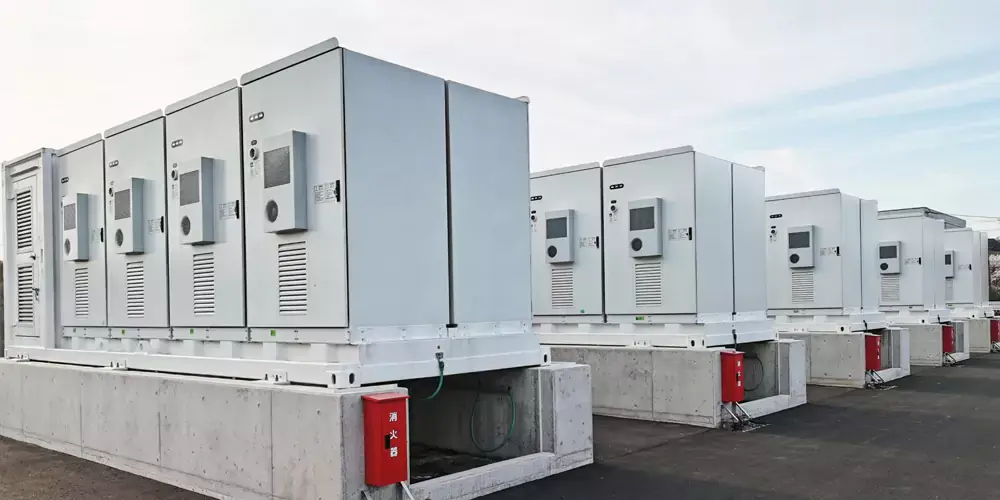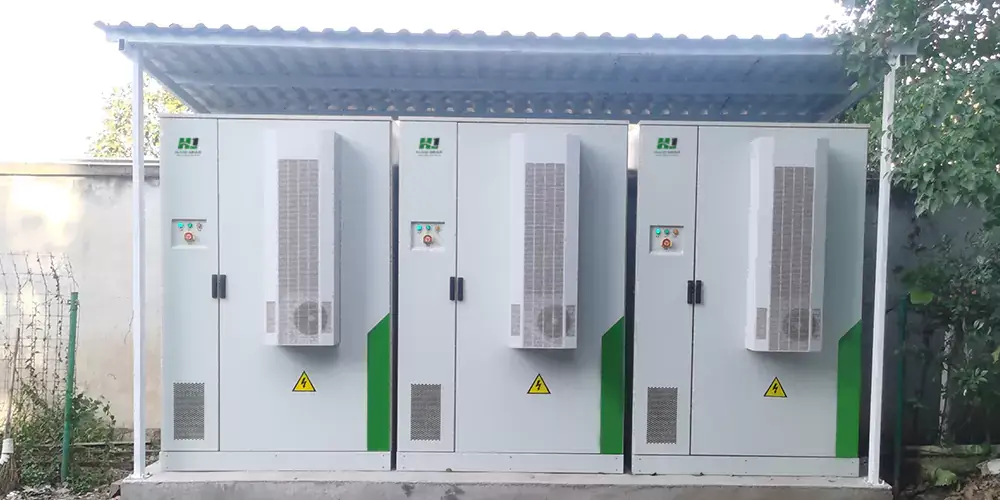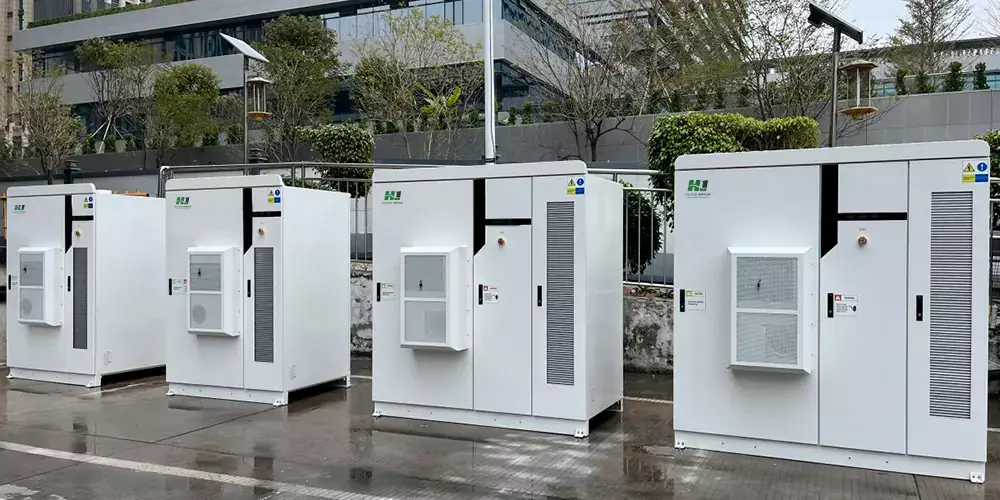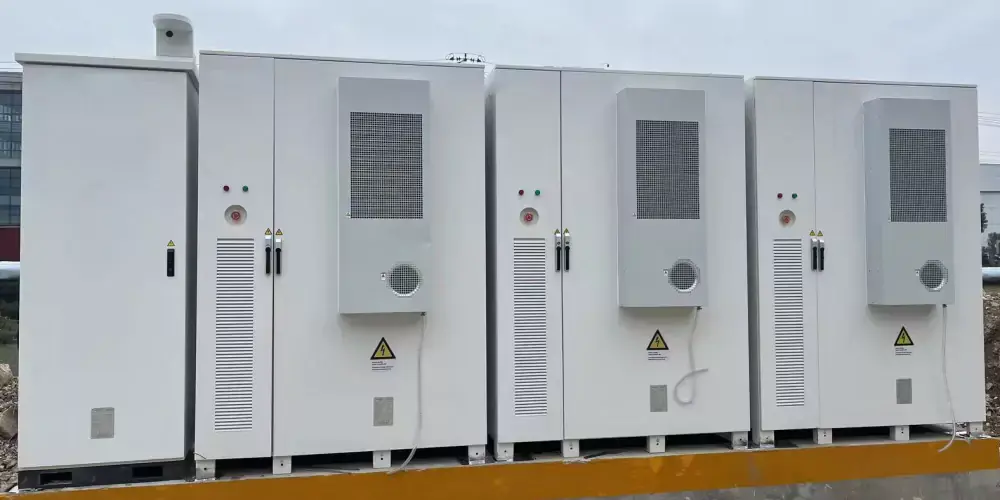Enhancing Energy Resilience with Microgrid Energy Storage Systems: A Deep Dive into Renewable Energy and Cost Efficiency
Microgrids are becoming increasingly vital in modern energy systems, offering solutions to enhance energy resilience and integrate renewable energy sources effectively. As climate change and extreme weather events challenge traditional power grids, microgrid energy storage systems play a crucial role in maintaining stable and reliable energy supply. By improving the stability of distributed energy sources and optimizing energy costs, these systems address both operational challenges and economic concerns. This article explores the significance of microgrid energy storage systems, focusing on their role in bolstering energy resilience, the integration of renewable energy, and their economic benefits as evaluated through levelized costs.
Microgrids and Energy Resilience
Microgrids represent a localized network that can operate independently or in conjunction with the main power grid. They are designed to enhance energy resilience by providing a stable energy supply during grid disturbances or outages. The ability to isolate from the main grid and continue operating independently ensures that critical infrastructure and services remain functional even during extreme events. According to the U.S. Department of Energy (DOE), microgrids significantly contribute to energy security by supporting resilience in both urban and rural settings, especially where grid reliability is a concern.
Microgrids achieve this by integrating various energy sources, including both conventional and renewable energy sources. This integration allows for a more flexible and reliable energy supply, as microgrids can adapt to changes in energy availability and demand. When the main grid experiences failures, microgrids can switch to backup power sources or stored energy to maintain operations.

The Role of Renewable Energy in Microgrids
The combination of renewable energy sources such as solar, wind, and biomass with microgrid systems enhances the overall efficiency and sustainability of the energy supply. Renewable energy sources are inherently variable, which can lead to challenges in maintaining a stable power supply. Microgrid energy storage systems address this challenge by storing excess energy generated during periods of high production and releasing it during low production periods.
By smoothing out the fluctuations in renewable energy production, energy storage systems contribute to a more stable and reliable power supply. This not only helps in reducing dependency on fossil fuels but also supports the transition to a more sustainable energy future. The ability of microgrids to integrate renewable energy sources and manage their variability is a key factor in achieving long-term energy goals and reducing greenhouse gas emissions.
Understanding Levelized Costs
Evaluating the economic feasibility of microgrid energy storage systems involves understanding their levelized costs. Levelized costs represent the average cost per unit of energy (usually in dollars per kilowatt-hour) over the lifetime of an energy system, taking into account capital, operational, and maintenance expenses. This metric is crucial for comparing the cost-effectiveness of different energy storage and generation technologies.
Microgrid systems with energy storage capabilities can offer competitive levelized costs by reducing peak demand charges and optimizing energy use. For instance, storing energy during off-peak hours when costs are lower and using it during peak hours can lead to significant savings. Additionally, advances in energy storage technology and declining costs of renewable energy systems contribute to improving the levelized cost of microgrid solutions, making them more accessible and economically viable.
Policy Influence and Future Trends
Policy frameworks and incentives play a significant role in the development and adoption of microgrid energy storage systems. The U.S. Department of Energy (DOE) and other regulatory bodies provide funding, research support, and policy guidelines that encourage the deployment of microgrid systems and renewable energy technologies. These policies help lower initial investment costs and accelerate the transition to more resilient and sustainable energy systems.
Looking ahead, the integration of advanced technologies such as artificial intelligence for energy management and innovations in energy storage solutions will continue to drive the evolution of microgrid systems. As the energy landscape evolves, microgrids will play an increasingly central role in ensuring energy resilience and optimizing energy use across various sectors.
Conclusion
Microgrid energy storage systems are pivotal in enhancing energy resilience and integrating renewable energy sources into the power grid. By addressing the challenges of energy variability and providing reliable power during outages, these systems contribute to a more stable and sustainable energy future. Understanding the levelized costs and the impact of supportive policies from entities like the U.S. Department of Energy (DOE) helps stakeholders make informed decisions about investing in microgrid solutions. As technology and policy continue to advance, microgrids will remain a key component in achieving energy security and sustainability goals.
Contact us
- Email:[email protected]
- Tel: +86 13651638099
- Address: 333 Fengcun Road, Fengxian District, Shanghai
Get A Quote Now!





